How to use chunking method for your training
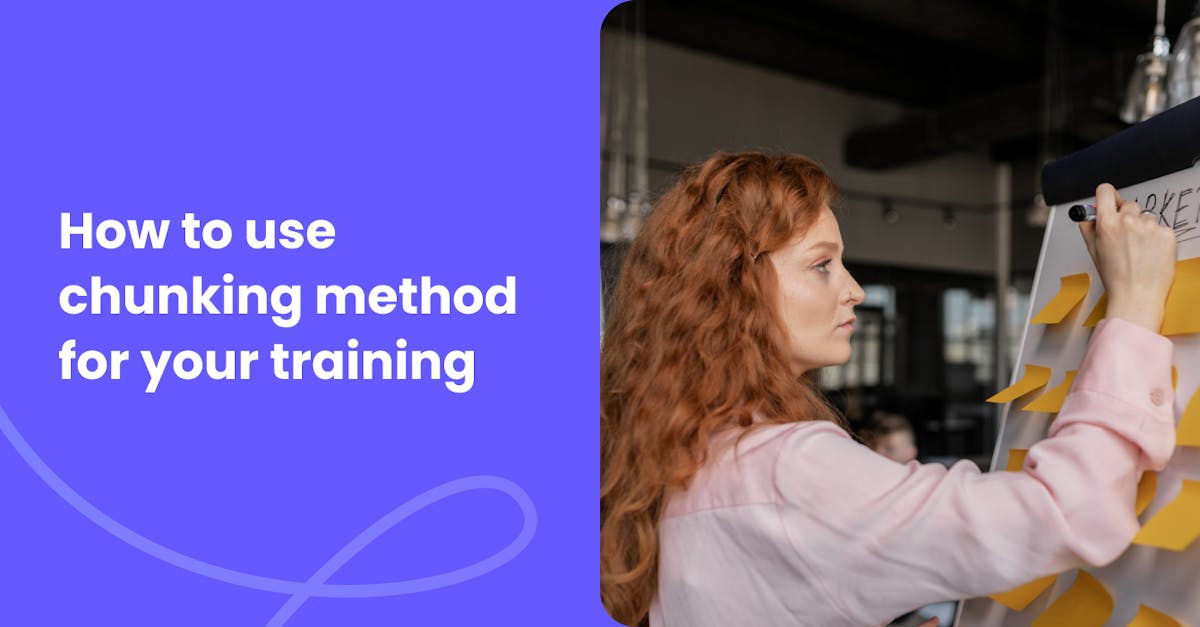
In the ever-evolving world of learning techniques, one method that has gained significant popularity is the chunking method. Chunking involves breaking down complex information into smaller, manageable units known as "chunks."
This cognitive process aims to improve information processing and retention, making it a valuable tool for diverse training scenarios. In this article, we’ll delve into the concept of chunking, its benefits, and how you can apply it to optimize your training sessions.
What is chunking?
Chunking is a psychological concept rooted in cognitive load theory. The theory suggests that the human brain has a limited capacity to process information at once. When faced with overwhelming and intricate data, retaining and understanding it becomes challenging. Chunking mitigates this issue by dividing the information into smaller, meaningful clusters.

The process of chunking involves organizing information into cohesive clusters based on associations, patterns, or similarities. This approach allows the brain to process these clusters as unified units rather than individual elements, ultimately reducing cognitive load and enhancing learning efficiency.
Benefits of chunking in training
Chunking has some serious perks when it comes to training and here are just a few of them:
Enhanced learning
Breaking down information into smaller chunks allows learners to focus on each unit more effectively. This deepens their understanding and improves retention.
Picture this - instead of staring at a massive wall of text, you get it split into neat little chunks. Easier to swallow, right? When you can focus on one chunk at a time, you understand it better and remember it longer.
Reduced cognitive overload
Complex information can overwhelm learners, leading to reduced effectiveness in learning. We've all been there - that moment when your brain goes "Help! Too much to handle!" Chunking saves the day by dishing out the info in digestible pieces. Say goodbye to brain freeze and hello to smooth learning!
Improved recall
Chunking aids memory recall as learners can associate related information within a chunk, making it easier to retrieve when needed. Think of it like this, chunking helps connects the dots. Within each chunk, you find related info bundled up together, making them much easier to remember.
Effective problem solving
In fields that involve complex problem-solving, chunking helps learners connect related concepts, leading to more effective solutions. Whether you're crunching numbers or decoding mysteries, chunking helps you see the big picture. When you see the connections, problem-solving becomes a piece of cake!
Time efficiency
Chunking allows learners to grasp essential concepts more quickly, making the learning process more time-efficient. In a nutshell, it’s an effective shortcut to grasping knowledge.
Examples of chunking
There are many examples of chunking that can be used at work, for training, or even for everyday tasks. To help you better understand the chunking method, we’ll dive into some of these examples.
Microlearning
A lot of organizations use chunking in their training through an approach called microlearning. In a nutshell, this process transforms complex information and breaks it down into bite-sized pieces of memorable learning content. This makes new knowledge more digestible and easier to remember.
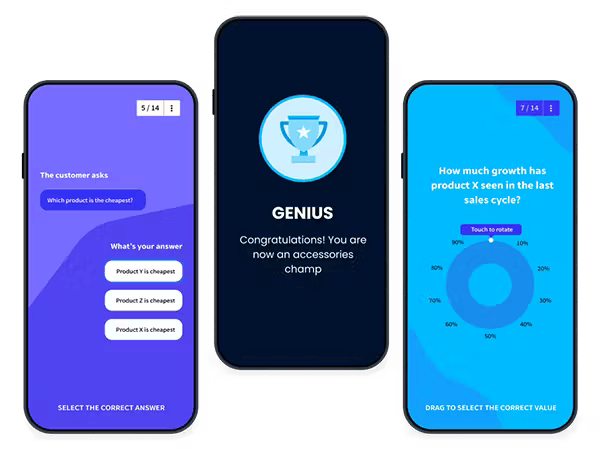
The whole idea of microlearning is actually based on the Ebbinghaus forgetting curve. Back in the mid-1880s, Hermann Ebbinghaus was the first to come up with a scientific way to study and classify memory.

In one of his studies, he discovered: "memory savings." And it talks about how if you memorize something really thoroughly, even if you don't use it for a long time, you'll still be able to remember it quite well when you need it again.
Language learning
When learning a new language, chunking can be highly beneficial. Forget memorizing a gazillion words! With chunking, you group words into phrases or sentences that go together. Grouping based on common themes helps you remember and apply them more efficiently.

Music practice
Musicians use chunking to master complex music pieces by breaking them down into smaller sections and practicing them individually before putting them all together for a seamless performance.

Digital marketing
In the realm of digital marketing, chunking data based on relevant metrics or audience segments makes it easier to analyze information and plan effective marketing strategies.

Presentations
Chunking content into meaningful sections helps presenters and audiences follow the flow of information easily. This makes it a smooth sailing experience for both you and your audience.

Coding and programming
Novice programmers benefit from chunking as they can focus on smaller sections of code, promoting better comprehension and debugging skills.

Implementing the chunking method in your training
To maximize the effectiveness of the chunking method in your training, consider the following steps:
- Content Analysis - Identify and break down the main concepts and subtopics within your training material, forming the basis for creating chunks. Basically, find the big ideas and their little buddies, and voilà! You’ve got your chunks.
- Group Related Information - Organize the information into clusters that share a common theme or are conceptually connected, ensuring each cluster represents a stand-alone chunk of information.
- Mnemonics and Visualization - Aid learners' recall by using mnemonics, acronyms, or visualization techniques associated with each chunk.
- Practice Retrieval - Encourage learners to actively retrieve information from memory through quizzes or exercises focused on individual chunks. Get interactive and check how much your team remembers from each chunk. Quiz them and reinforce that knowledge.
- Progressive Learning - Introduce new chunks gradually, building on what your team already knows. This facilitates the integration of new information with existing knowledge more easily.
- Hands-on Activities - Incorporate practical exercises related to each chunk to deepen learners' understanding and demonstrate real-world applications. Practical exercises make learning stick like glue.
- Provide Feedback - Offer constructive feedback to help learners refine their knowledge and correct misconceptions related to each chunk.
Applying the chunking method with EdApp microlearning
With the technology available these days, you can create bite-sized training content anytime, anywhere. EdApp is one of the top microlearning tools in the market that can help you whip up easy-to-digest courses and share them with your team no matter where they are in the world.
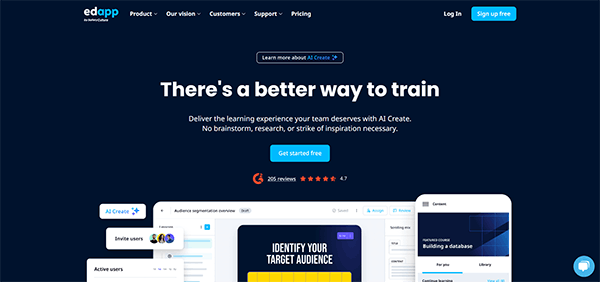
To help your learners have great learning experiences, you can apply the chunking method tips mentioned above with the help of EdApp’s microlearning features.
A stand-out feature is the platform’s library of bite-sized training courses. These are designed in a way that’s easier for your learners to gobble up the content and actually remember it without being overwhelmed. Plus, you can let your learners go back and revisit the courses whenever they want.
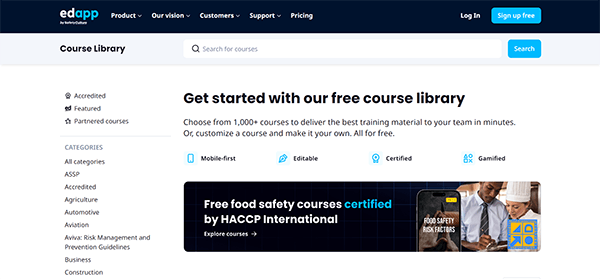
EdApp also has cool gamification elements, like quizzes, points, and achievement badges, sprinkled all over their courses. This can help leaders stay engaged and eager to complete their training. With EdApp's gamification magic, courses not only become more interactive but also become easier to recall.
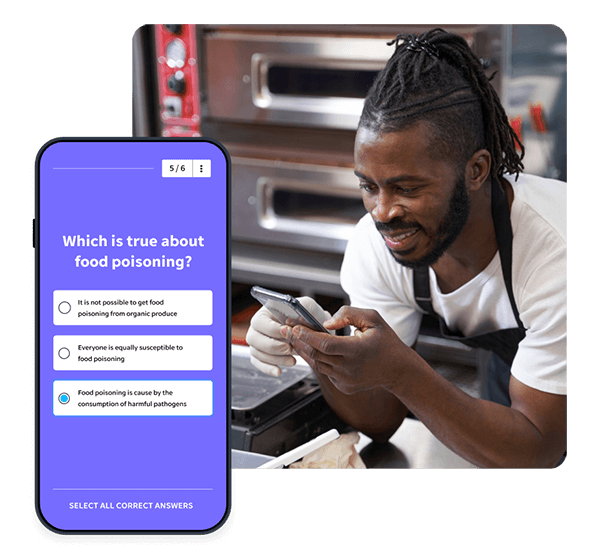
Overall, the chunking method is a powerful tool to enhance learning experiences in training. By breaking down complex information into manageable chunks, learners can process, retain, and recall the material more effectively.
Whether you're an educator, trainer, or self-directed learner, using chunking can optimize your learning journey and yield better results in your training endeavors.
Embrace the power of the chunking method with EdApp microlearning! Sign up for free today!
Author
Hannah Malmstrom
Hannah is an eLearning writer who dedicates her time to creating in-depth content about EdApp, a multi-award-winning mobile LMS that has pioneered one of the most progressive microlearning solutions on the market. She brings years of writing experience in the online software industry to her current role in the eLearning sphere. When she's not writing, you can find her catching up on new anime series or re-reading her favorite novels.
